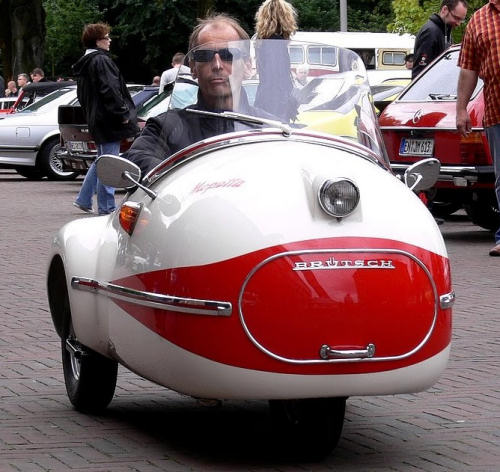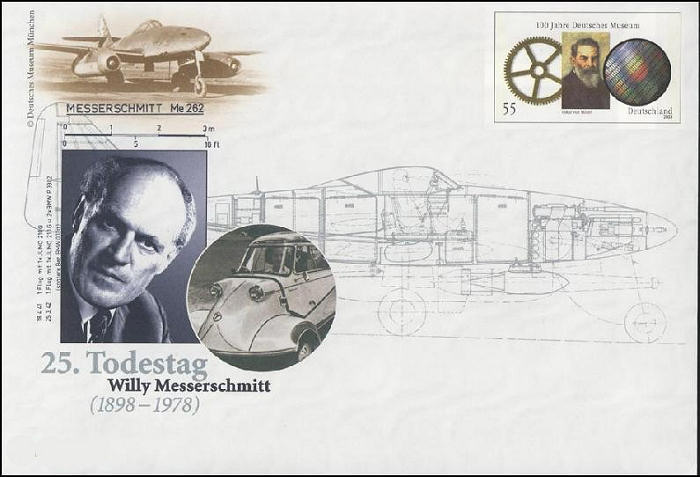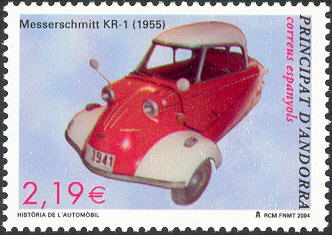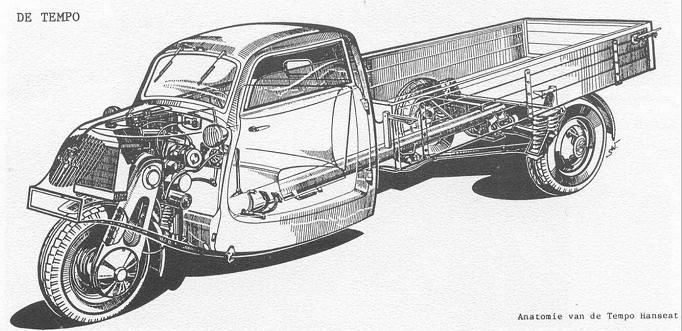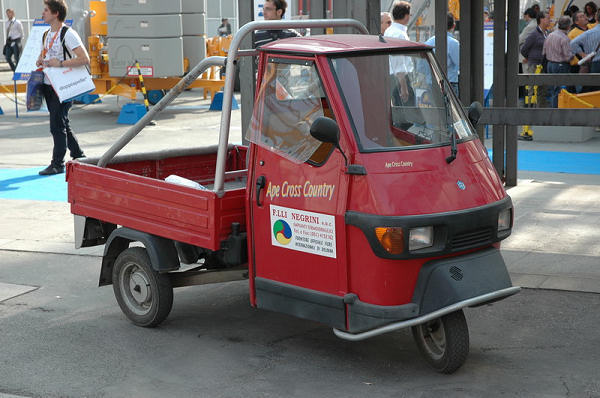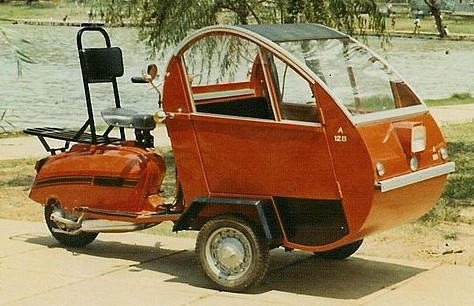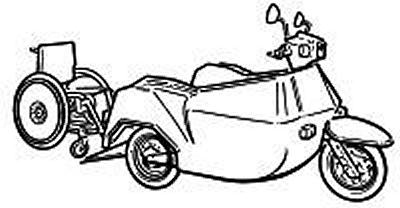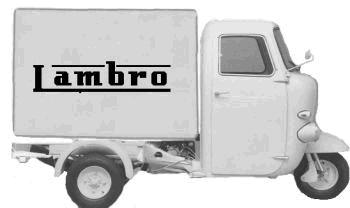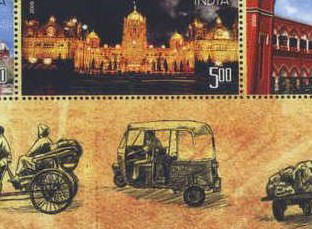3-Wheelers and more……… Continued
With my former article about 3-wheeled vehicles I have obviously made some fellow collectors thinking. This is shown by the reactions that I received. Earlier we had an article about the Bubblecar, in which especially the mini-cars like the Zündapp Janus (Klein aber Mein), the BMW Isetta (in Italy also known as ISO), Peel Trident and the Goggo's were described. In the former article we started with various toys, and travelled along the 3-wheeled Piaggio to arrive at electric motorcycles, but off course there are more of this kind of difficult to nominate items. For instance the Brütsch Mopetta sold by Opel.
|
|
|
Also in many other countries 3-wheelers were built. Like in France, where the Avolette was born.
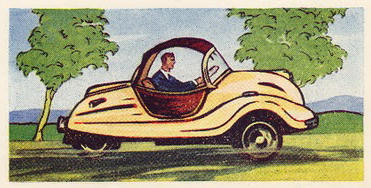
Avolette
from France
In Tjecho-Slowakia small cars with a canvas coach-work were built: the Velorex (first called OSKar, with Manet engine). Precisely, the one from the sidecars, and they were equipped with CZ and JAWA engines.
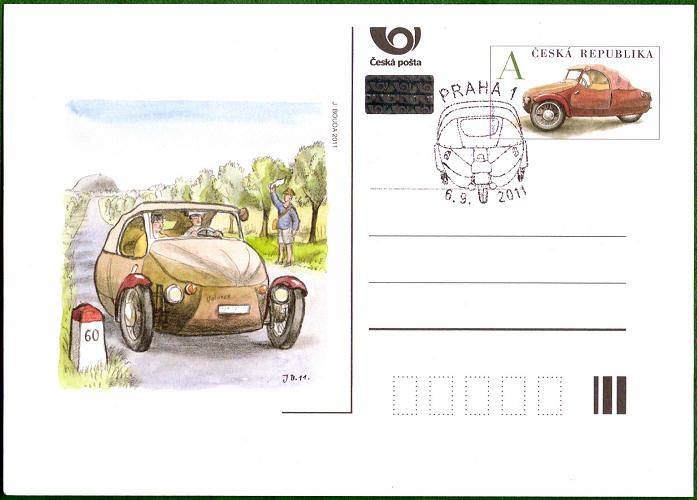
Postal stationary with Velorex and special cancelation stamp
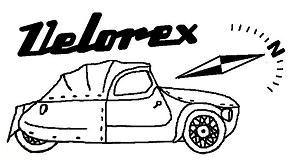
Postal stamp with Velorex
And also in the Netherlands several of those light vehicles were built, amongst others the Borgman, the Shelterm the Schmidts and the one shown below, the already bigger 3-wheeler: the Hoen.
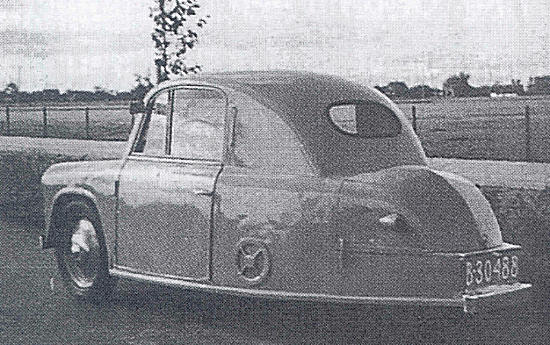
Hoen 3-wheeler built in the Netherlands
Recently (December 1st 2005) the Dutch traffic law has been updated, but until that date all these vehicles were called scooter / motorcycle with sidecar.
A more extreme discussion can be held about 3-wheelers with electrical driving, and this is a categrory that we will certainly meet more often in the future.
In the 70-ies we already had the Amsterdam "Whitecar", with his name derived from the white bicycle plan. An electrically driven 3-wheeled car, that could be used by anybody. The Amsterdam citizens soon called it in the Jewish way the Witzcar, which it indeed appeared to be after some years.
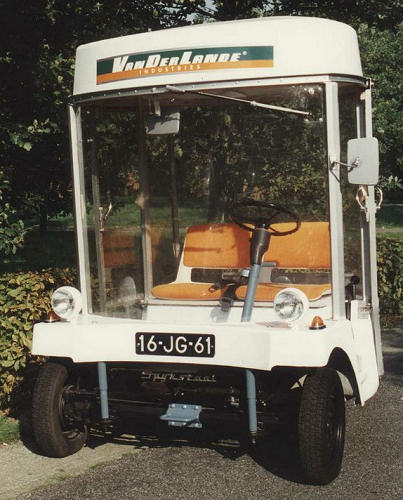
The Whitecar
But also that one does not look so strange anymore, with the rise of the electrically powered vehicles. Many E-3-wheelers will probably follow, and also these we will compare with our criteria for a motorcycle. And who knows what the future will bring???????
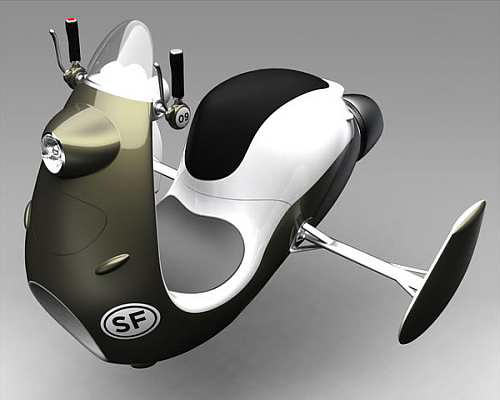
The future?
Hans de Kloet
